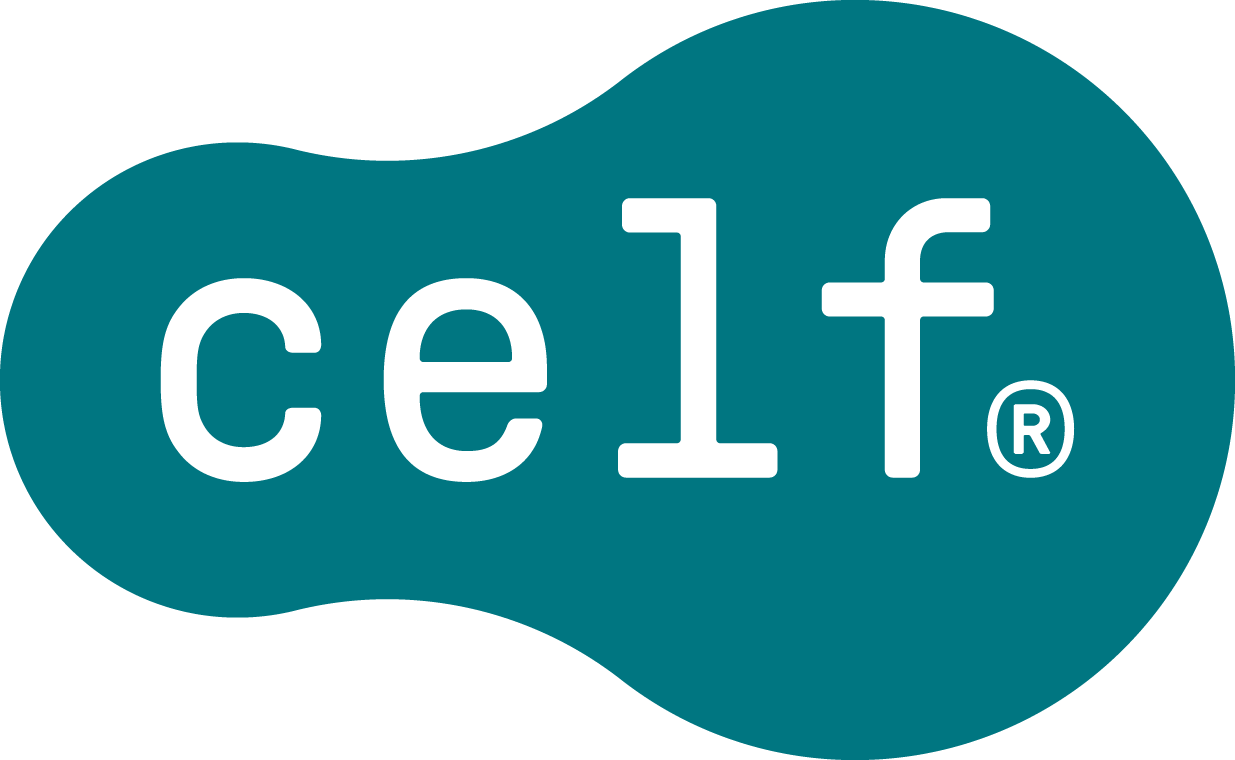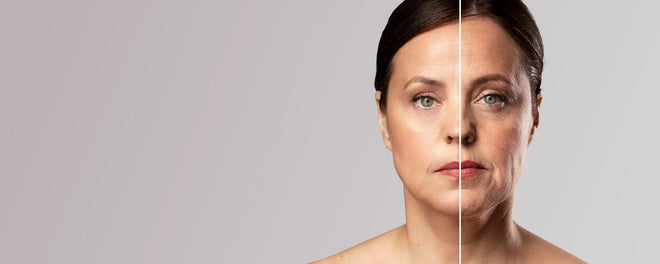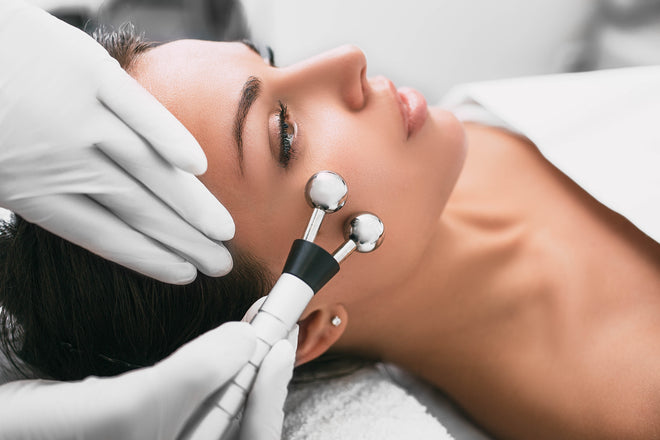Best Treatments for Eye Wrinkles: Top Serums, Fillers & Laser Options
Table of Contents
The Most Effective Treatments for Eye Wrinkles: From Serums to Laser Treatments
Introduction: Understanding Eye Wrinkles
The skin around the eyes is the thinnest and most delicate on the face, making it more prone to early signs of ageing, including fine lines and wrinkles. This is primarily because the skin in this area lacks the same thickness and collagen structure as the rest of the face. Daily repetitive facial movements such as blinking, squinting, and smiling can also contribute to the development of fine lines. Furthermore, environmental and lifestyle factors—such as UV exposure, excessive screen time, dehydration, smoking, and poor sleep—accelerate the breakdown of collagen, leading to the visible signs of ageing around the eyes.
Although eye wrinkles are commonly viewed as a cosmetic issue, they often indicate deeper changes within the skin. The loss of elasticity, thinning skin, and weakening of underlying tissues are all signs of collagen depletion. In the UK, factors like fluctuating weather conditions, exposure to air pollution, and indoor heating can further exacerbate these issues. Moreover, modern lifestyle habits—such as insufficient water intake, long hours spent in front of screens, and poor sleep—are contributing to the early appearance of fine lines and wrinkles.
Wrinkles around the eyes are more noticeable than in other areas of the face and are often accompanied by puffiness, dark circles, and sagging skin. This can make treatment more complex and requires a multi-faceted approach. Whether you’re in your 20s looking to start preventative care, or in your 30s to 50s seeking treatment for established wrinkles, there are multiple options available. These include over-the-counter serums, at-home devices, in-clinic procedures, and emerging treatments, all of which vary in terms of effectiveness, cost, and commitment.
Top 5 Reasons for Eye Wrinkles in the UK (Survey Data)
|
Rank |
Reason |
% Affected |
|
1 |
Sun Exposure |
78% |
|
2 |
Natural Ageing |
71% |
|
3 |
Lack of Sleep |
55% |
|
4 |
Screen Time (Digital) |
47% |
|
5 |
Smoking & Pollution |
33% |
Understanding Eye Wrinkles
A. Types of Eye Wrinkles
Eye wrinkles vary in appearance and cause, and they can be broadly categorized into the following types:
-
Fine Lines: Shallow, often caused by dehydration and the initial loss of collagen. These lines are typically reversible with proper hydration and skincare.
-
Crow’s Feet: These are wrinkles that appear at the outer corners of the eyes due to repetitive facial movements. With time, they become more pronounced if not addressed.
-
Static Wrinkles: These wrinkles appear even when the face is at rest and are deeper due to long-term collagen depletion. Clinical treatments are often required to treat static wrinkles.
Dynamic wrinkles : Due to muscle contractions -
Crepey Skin: This type of wrinkle presents as thin, paper-like skin. It indicates a significant loss of both collagen and elastin, affecting the structural integrity of the skin.
B. Factors Leading to Eye Wrinkles
Several factors contribute to the formation of eye wrinkles, including:
-
Collagen Breakdown: As we age, collagen production decreases, leading to the weakening of skin structure and the formation of wrinkles.
-
Environmental Damage: UV rays, pollution, and oxidative stress play a major role in skin ageing.
-
Muscle Movement: Repeated facial expressions and micro-expressions also contribute to wrinkle formation.
-
Hydration: Dehydration significantly impacts skin health, contributing to the formation of fine lines.
-
Genetics: Some individuals may experience wrinkles earlier due to their genetic makeup.
Wrinkle Type vs. Best Treatment Wrinkle Type
|
Wrinkle Type |
Common Cause |
Best Treatment |
|
Fine Lines |
Dehydration, aging |
Hyaluronic acid, peptides |
|
Crow's Feet |
Facial movement |
Botox, retinol |
|
Static Wrinkles |
Collagen depletion |
Laser resurfacing, radiofrequency, microneedling |
|
Crepey Texture |
Thinning, loss of the dermis |
Ultrasound, peptides, retinoids |
Home-Based Methods
A. Serums and Creams for the Eye Area
The first step to addressing eye wrinkles at home is to use targeted serums and creams. These products typically contain ingredients like retinol (for cell turnover), peptides (to stimulate collagen production), niacinamide (to repair the skin barrier), and hyaluronic acid (for hydration). When applied consistently over time (usually 6-12 weeks), these ingredients can reduce fine lines, even skin tone, and reduce puffiness.
It’s crucial to apply only a small amount (no more than a pea-sized amount) and gently massage the serum or cream around the entire peri-orbital bone. Avoid applying directly onto the eyelids, as this area is more sensitive. Sun protection is essential when using these products, as many of them increase the skin’s sensitivity to UV rays
Comparison Table: Best Eye Serums Available in the UK Product
|
Product |
Key Ingredients |
Price (GBP) |
Timeframe |
Notes |
|
RoC Retinol Eye Cream |
Retinol, Hyaluronic Acid |
22 |
4-6 weeks |
Proven anti-ageing formulation |
|
The Ordinary Caffeine |
Caffeine, EGCG |
8 |
1-2 weeks |
Fighting puffiness |
|
Medik8 Crystal Retinal |
Retinaldehyde, peptides |
45 |
3-4 weeks |
High concentration retinal |
|
No7 Future Renew Eye |
Peptides, Niacinamide |
25 |
4-8 weeks |
Gentle, great for beginners |
B. Tools & Devices
At-home devices are gaining popularity due to their ease of use and scientifically-backed benefits. Some of the common devices include:
-
Microcurrent Devices: Stimulate and improve facial muscle tone.
-
Red Light Therapy Masks: Increase collagen production at a cellular level.
-
Facial Rollers: Aid in drainage of excess lymph and absorption of serums. The results depend largely on how frequent and how consistent you can be. For example, red light therapy may require daily use to measure skin firmness over 8-12 weeks.
|
Device |
Effectiveness |
Frequency of Use |
Notes |
|
Red Light Therapy |
High |
Daily (8-12 weeks) |
Increases collagen production |
|
Microcurrent Tools |
Moderate |
3-4 times a week |
Enhances muscle tone |
|
Jade Rollers |
Low |
As needed |
Improves serum absorption |
Professional Treatments
A. Botox & Injectables
Botulinum toxin injections (commonly referred to as Botox) remain the most popular solution in a clinic for treating dynamic wrinkles, such as crow’s feet. By temporarily relaxingtemporarily softening the muscles beneath the skin, Botox prevents further deepening of dynamic wrinkles while providing a smooth contour. The effect typically begins to show within 3 to 7 days, and lasts typically for 3 to 4 months.
Botox is safe when introduced and monitored by a properly qualified practitioner; however, the proper dosage and application are important. Over-treatment can lead to a “frozen” look, while under-treatment may not provide desired results.
B. Laser Treatments
Laser treatments, such as Fraxel and CO2 resurfacing, target both pigmentation issues and texture irregularities. These lasers stimulate collagen production, helping to smooth out fine lines and wrinkles. Depending on the type of laser, downtime can vary from minimal redness to significant peeling.
Types of Laser Treatments Compared
|
Laser Treatment |
Best for |
Downtime |
Cost (GBP) |
# of Treatments |
Additional Comments |
|
Fraxel Dual |
Fine lines, tone |
3, 7 days |
£700, £1200 |
3, 5 |
Very good option for mild-moderate signs of aging |
|
CO2 Resurfacing |
Deep wrinkles |
7, 14 days |
£1500 |
1, 2 |
Strongest collagen stimulator |
|
LYMA Laser |
At-home care |
None |
£2000 (device) |
Ongoing |
Requires daily long-term use |
C. Ultrasound, RF, & Microneedling
These advanced treatments (Ultherapy/ultrasound, Thermage/radiofrequency, and RF microneedling) combine thermal and mechanical energy, resulting in skin tightening and deep tissue rejuvenation. Ideal for crepey or sagging skin below the eyes.
|
Treatment |
Downtime |
Efficacy |
Cost (GBP) |
|
Microneedling RF |
Moderate Downtime |
High |
£200-£500 |
|
Ultherapy |
Mild Downtime |
Moderate |
£1500-£2500 |
|
Thermage |
Minimal Downtime |
Gradual Firming |
£1000-£2000 |
Emerging Treatments and Trends
A. CELF Microvibration Therapy
CELF Microvibration Therapy is an innovative treatment that uses low-frequency vibrations to stimulate fibroblast cells in the skin, promoting collagen production and improving skin elasticity. The device, powered by the motor of the Oral-B iO electric toothbrush, increases blood circulation, enhances the absorption of active ingredients, and encourages gentle exfoliation. This non-invasive, at-home treatment is effective for reducing fine lines and wrinkles around the eyes when used consistently.
Benefits of CELF Microvibration Therapy:
-
Non-invasive with no downtime
-
Enhances collagen production and serum penetration
-
Improves skin texture and elasticity
B. Other Innovations
-
Skin Boosters: Injectable hyaluronic acid that provides deep hydration and improves skin elasticity.
-
Exosome Therapy: A cutting-edge treatment based on stem cell-derived exosomes to promote cellular regeneration (currently in early research stages).
-
Peptide Eye Patches: Non-invasive
FAQs
-
Can I use retinol around my eyes?
Yes, but use lower concentrations and buffer with a moisturiser. -
How long after Botox does it kick in?
It usually takes 3 to 7 days to appear and generally peaks at 2 weeks. -
Are lasers safe for darker skin tones?
Yes, however, always choose non-ablative lasers and have your skin tone consultation. -
What is the best treatment for crepey skin under the eyes?
Microneedling with RF and peptides has strong clinical outcomes.
Wrapping It Up: You Are in Control of Your Eye Care Routine
There’s no one-size-fits-all solution when it comes to treating eye wrinkles. The best approach is a balanced combination of effective skincare, professional treatments, and emerging technologies. The key is consistency and using the right products and methods for your unique skin needs.
CELF Microvibration Therapy brings together science and practicality, offering you an advanced way to enhance your eye care routine at home. Whether you’re starting a preventative plan or addressing more noticeable concerns, this non-invasive therapy can help boost collagen production, improve skin elasticity, and enhance serum absorption for smoother, more youthful skin around your eyes.
When building your eye care routine, don’t forget the power of targeted serums, adequate hydration, and professional advice. Small, consistent steps over time will bring noticeable improvements. Your eyes—and your skin—will thank you for the extra care you put in.
FAQs
1. What is the best laser treatment for under-eye wrinkles?
The CO2 fractional laser is often considered the best laser treatment for under-eye wrinkles. It resurfaces the skin by stimulating collagen production, improving skin texture, and reducing fine lines. However, recovery time and results vary based on individual skin type and age.
2. What is the most effective treatment for wrinkles around the eyes?
The most effective treatments include a combination of retinol-based serums, hyaluronic acid fillers, microneedling, and laser therapy like CO2 or erbium lasers. A customized skincare regimen, combined with professional treatments, often yields the best results.
3. How much is laser treatment for under-eye wrinkles?
Laser treatments for under-eye wrinkles can range from $300 to $2,500 per session, depending on the clinic, laser type, and location. Most people need 1–3 sessions for noticeable results. Always consult a dermatologist for a tailored plan.
4. What is the best procedure for deep under-eye wrinkles?
For deep under-eye wrinkles, a combination of CO2 laser resurfacing, dermal fillers, and radiofrequency treatments like Thermage or RF micro needling is often most effective. These procedures help to rebuild lost collagen and tighten the skin over time.




